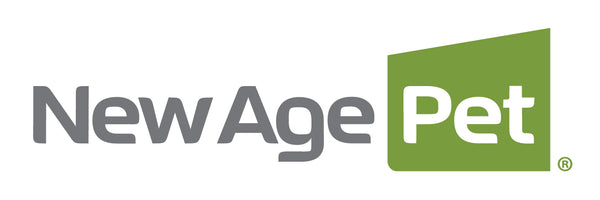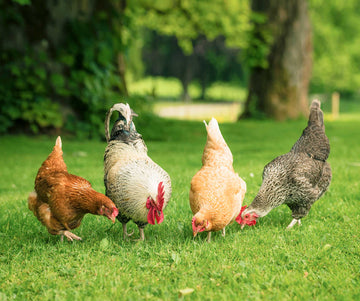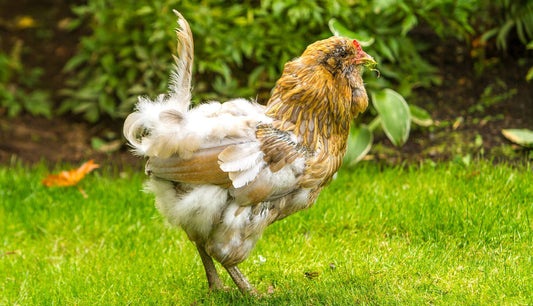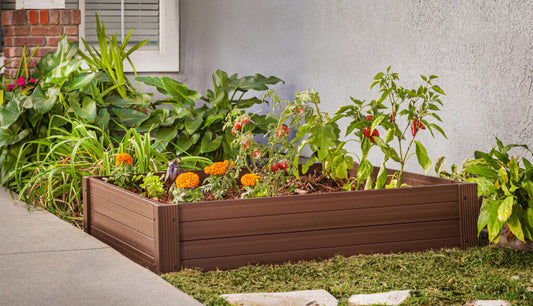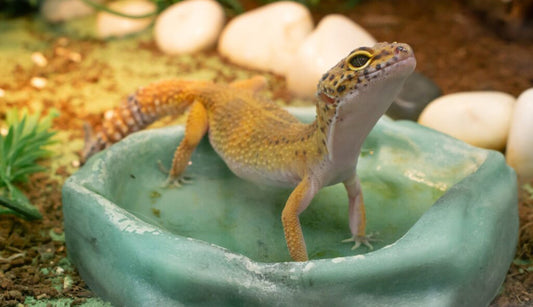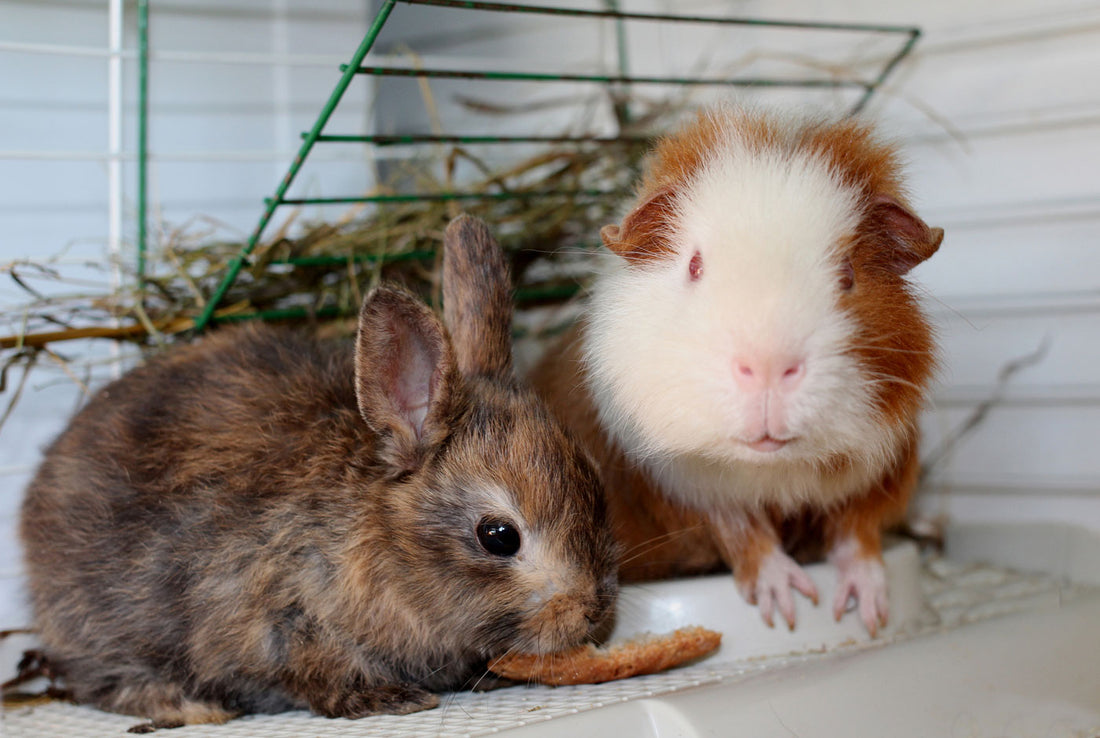
Choosing the Right Enclosure for Your Small Pet
Key Considerations
When looking for an enclosure for your small animal, there are several key considerations to keep in mind to ensure the comfort, safety, and well-being of your pet:
1. Size:
- The size of the enclosure is crucial and should be appropriate for the species and number of animals you plan to house.
- Consider the space requirements below for your pet to move, exercise, and exhibit natural behaviors comfortably.
2. Ventilation:
- Adequate ventilation is essential to maintain air quality and prevent the buildup of humidity, odors, and respiratory issues.
- Choose an enclosure with proper airflow, whether it's through mesh panels, wire construction, or ventilation holes.
3. Security:
- Ensure that the enclosure is secure and escape-proof to prevent your pet from getting out or predators from getting in.
- Check for secure latches, locks, and sturdy construction to prevent accidents or injuries.
4. Accessibility:
- Look for enclosures with easy access points for cleaning, feeding, and interacting with your pet.
- Doors or openings should be large enough to accommodate your hand and any necessary supplies.
5. Comfortable Flooring:
- Choose an enclosure with a suitable flooring option that is comfortable and safe for your pet's feet.
- Avoid wire mesh floors for small animals, as they can cause injuries or discomfort.
6. Enrichment and Accessories:
- Provide plenty of enrichment items, such as toys, tunnels, platforms, and hiding spots, to keep your pet mentally stimulated and physically active.
- Consider the layout and design of the enclosure to incorporate different levels, textures, and hiding places.
7. Temperature Regulation:
- Ensure that the enclosure maintains a stable temperature range suitable for your pet's species.
- Provide options for your pet to cool off or warm up as needed, such as insulated shelters, heat lamps, or cooling pads.
8. Easy Maintenance:
- Choose an enclosure that is easy to clean and maintain to ensure a healthy living environment for your pet.
- Consider removable trays, waterproof materials, and non-toxic surfaces for hassle-free cleaning.
9. Durability:
- Select a sturdy and durable enclosure that can withstand your pet's behavior, whether it's chewing, scratching, or climbing.
- Check the quality of materials and construction to ensure long-lasting use.
Species-Specific Enclosure Needs:
Selecting the appropriate enclosure size for your small pet is crucial for their health, happiness, and overall well-being. Whether you have a guinea pig, rabbit, ferret, chinchilla, hedgehog, gerbil, hamster, or rat, providing them with a suitable living space is essential. In this guide, we'll delve into the key considerations for each species to help you make an informed decision when choosing the right-sized enclosure for your beloved pet.
Guinea Pig Housing and Cage Size:
Guinea pigs are social creatures that require ample space to roam, play, and exercise. When selecting an enclosure for your guinea pig, consider the following factors:
- Size: Guinea pigs need a minimum of 7.5 square feet of living space for one guinea pig, with additional space for each additional guinea pig. A larger enclosure, such as a C&C (Cubes and Coroplast) cage or a spacious hutch, allows for more enrichment and activities.
- Height: Ensure the enclosure has sufficient height to accommodate a hideout or shelter where your guinea pig can retreat and feel safe.
- Flooring: Opt for a solid flooring or provide a soft bedding material to protect your guinea pig's delicate feet.
Rabbit Hutch Sizing Tips:
Rabbits are energetic animals that require ample space to hop, run, and explore. When choosing an enclosure for your rabbit, keep the following considerations in mind:
- Size: Rabbits need a minimum of 12 square feet of living space, with additional room for larger breeds or multiple rabbits. A larger enclosure, such as a rabbit hutch with an attached run or a bunny condo, allows for more freedom of movement.
- Height: Rabbits enjoy vertical space for jumping and stretching, so choose an enclosure with adequate height.
- Safety: Ensure the enclosure has secure wire mesh or solid walls to prevent escapes and protect your rabbit from predators.
Ferret Housing Tips:
Ferrets are curious and active animals that require plenty of space to explore and play. When selecting an enclosure for your ferret, consider the following factors:
- Size: Ferrets need a spacious enclosure with multiple levels and plenty of room for activities. A multi-level ferret cage with ramps, tunnels, and hammocks provides enrichment and stimulation.
- Durability: Choose an enclosure made of sturdy materials that can withstand the ferret's chewing and digging behaviors.
- Ventilation: Ensure the enclosure has adequate ventilation to maintain airflow and prevent overheating.
Chinchilla Cage Housing Considerations:
Chinchillas are agile and inquisitive creatures that need a large, secure enclosure to thrive. When choosing an enclosure for your chinchilla, consider the following factors:
- Size: Chinchillas require a spacious enclosure with plenty of room to jump, climb, and explore. A multi-level enclosure with platforms and shelves allows for vertical movement and exercise.
- Bar spacing: Select an enclosure with narrow bar spacing to prevent escapes and injury.
- Dust bath: Provide a separate dust bath area within the enclosure for your chinchilla to maintain its coat health.
Hedgehog Enclosure Considerations:
Hedgehogs are nocturnal animals that need a quiet and secure enclosure to feel safe. When selecting an enclosure for your hedgehog, consider the following factors:
- Size: Hedgehogs need a minimum of 4 square feet of living space, with additional room for exercise and enrichment. A spacious enclosure with hiding spots and tunnels provides stimulation and privacy.
- Temperature: Maintain a stable temperature range of 72-80°F within the enclosure to keep your hedgehog comfortable.
- Substrate: Use a soft bedding material, such as recycled paper or fleece liners, to provide a comfortable and absorbent substrate for your hedgehog.
Gerbil Enclosure Size & Setup:
Gerbils are active creatures that require plenty of space to roam, burrow, explore, and exercise.
When considering enclosure size for gerbils, there are several important factors to keep in mind to ensure their health and well-being:
- Size: A general guideline is to provide at least 1.5 square feet, though more space is always better. A pair of gerbils typically require a minimum of a 2-3 square foot or equivalent-sized enclosure.
- Horizontal Space: Gerbils love to dig and burrow, so a wide, shallow enclosure is preferable to a tall one. A tank with a long floor space is ideal, as it allows for more opportunities for digging and exploring.
- Substrate: Provide a deep layer of substrate (bedding material) for burrowing. Suitable substrates include aspen shavings, paper-based bedding, or a mixture of bedding materials. Aim for a depth of at least 4 to 6 inches to accommodate their natural digging behaviors.
- Multi-Level Enclosures: If using a multi-level enclosure, ensure that ramps are not too steep and there are no large drops between levels to prevent injuries.
- Ventilation: Ensure good ventilation within the enclosure to prevent the buildup of ammonia from urine and to maintain air quality. However, avoid drafts or overly dry environments, as gerbils are sensitive to respiratory issues.
Hamster Enclosure Considerations:
For hamsters, similar principles apply when it comes to enclosure size and setup. Here's what you need to know about enclosure size for hamsters:
- Space Requirements: Hamsters are also active animals that require ample space to explore and exercise. The minimum recommended enclosure size for a single hamster is around 24 inches long by 12 inches wide, but larger is always better. Syrian hamsters typically need more space than dwarf hamsters due to their larger size.
- Horizontal Space: Like gerbils, hamsters prefer wide, shallow enclosures that allow for plenty of ground-level exploration and burrowing. A cage with multiple levels can provide additional space for enrichment activities, but ensure ramps are not too steep to prevent falls.
- Substrate Depth: Provide a deep layer of bedding material for burrowing and nesting. Suitable bedding options include aspen shavings, paper-based bedding, or a mixture of bedding materials. Aim for a depth of at least 4 to 6 inches to accommodate natural behaviors.
- Accessories and Enrichment: Incorporate a variety of enrichment items such as tunnels, hideouts, exercise wheels, chew toys, and climbing structures to keep your hamster mentally stimulated and physically active.
- Wheel Size: A solid-surface exercise wheel is essential for hamsters to get their daily exercise. Ensure the wheel is appropriately sized for your hamster to prevent back injuries. For Syrian hamsters, aim for a wheel diameter of at least 8 inches, while dwarf hamsters can use smaller wheels.
- Ventilation: Ensure good ventilation within the enclosure to maintain air quality and prevent respiratory issues. Proper airflow is important, but avoid drafts that could cause temperature fluctuations.
Rat Enclosure Tips:
Rats are intelligent and social animals that require ample space to explore, play, and interact. When choosing an enclosure for your rat, consider the following factors:
- Size: Rats need a minimum of 2 cubic feet of living space per rat, with additional room for enrichment and activities. A large wire cage with multiple levels and platforms provides ample space for your rats to climb and play.
- Bar spacing: Select an enclosure with narrow bar spacing to prevent escapes and ensure your rat's safety.
- Toys and enrichment: Provide a variety of toys, tunnels, and hammocks to keep your rats mentally stimulated and physically active.
The Importance of Space For Your Pet
Choosing the right-sized enclosure for your small pet is essential for their health, happiness, and overall well-being. By considering the specific needs and behaviors of your small animal, you can provide them with a comfortable and enriching living space that meets their individual requirements. Invest in a spacious and secure pet enclosure and watch as your pet thrives in their new home.
